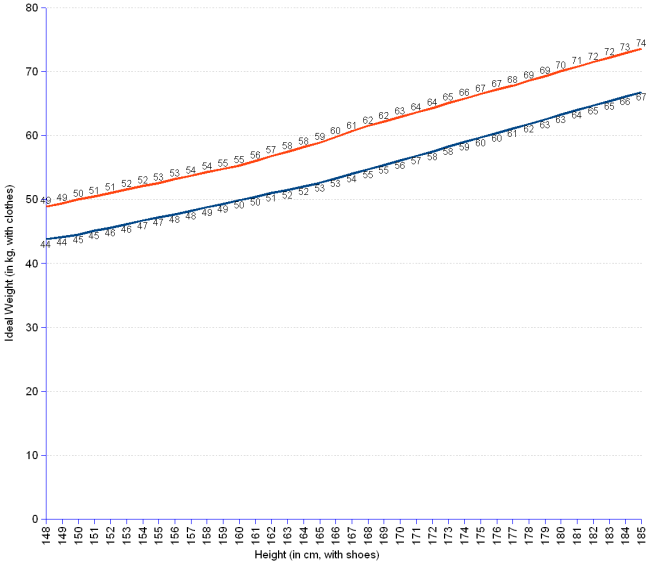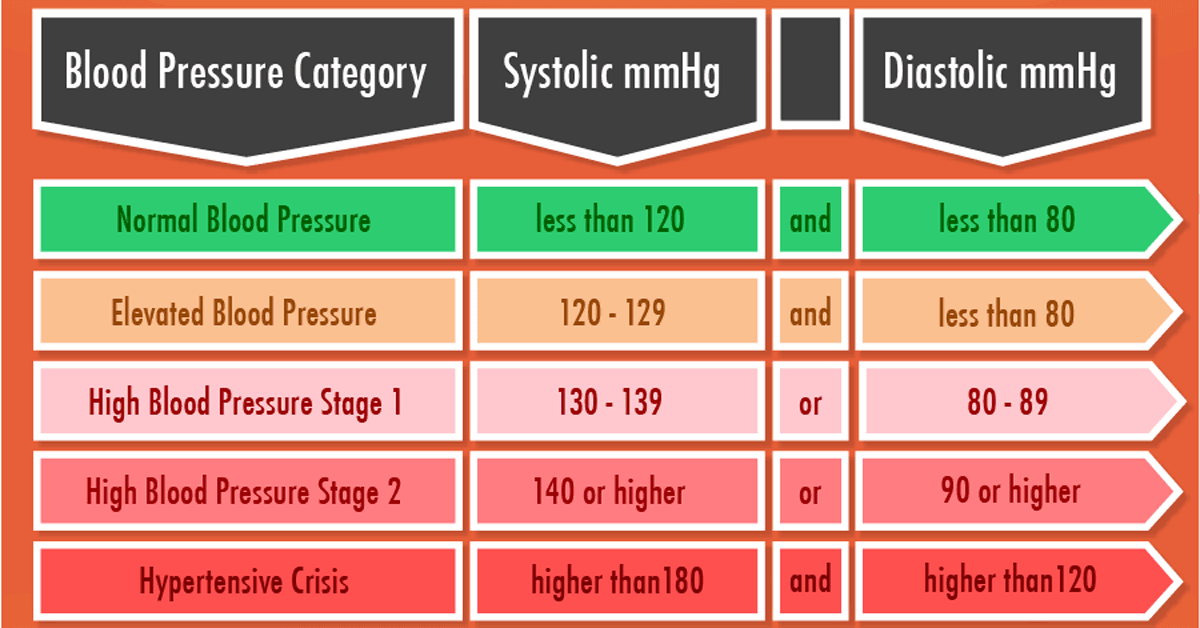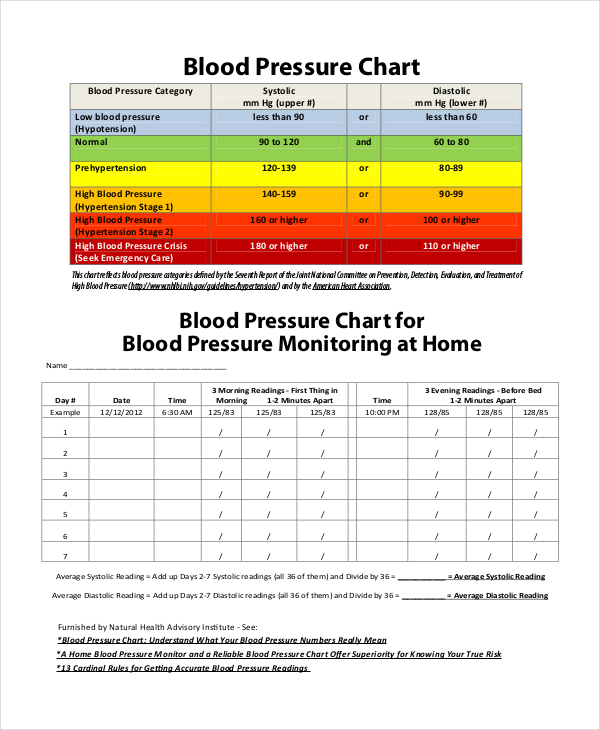
Moderate exercise for 150 minutes per week or vigorous exercise for 75 minutes per week is the standard recommendation. You can lose gains after stopping exercise for two weeks. Tyree said, "so the 'use it or lose it' theory is true. "The benefits of exercise are not realized if the exercise is not sustained," Dr. By the end of the study, the swimmers had reduced their systolic blood pressure by an average of nine points.


Over a period of 12 weeks, swimmer-participants gradually worked their way up to 45 minutes of continuous swimming at a time. This form of exercise can be beneficial in controlling blood pressure in adults 60 and older, another study found. Strength training actually raises blood pressure levels temporarily, but can help overall fitness, which will improve blood pressure levels as well. BMI BMI is calculated as weight (a measure proportional to length L cubed, via density) divided by height (L) squared. The fact that the normal blood pressure in children increases as they get older, and taller, is consistent with this line of reasoning1.

Weight trainingĪlthough it sounds counterintuitive, weight training or lifting can reduce blood pressure. aggressive blood pressure target may be inappropriately low. Blood pressure readings were even more optimal in a study when participants ambled along at a slow 1-mile-per-hour pace at desk-based treadmills for at least 10 minutes every hour, or pedaled stationary bikes under a desk for at least 10 minutes every hour.


 0 kommentar(er)
0 kommentar(er)
